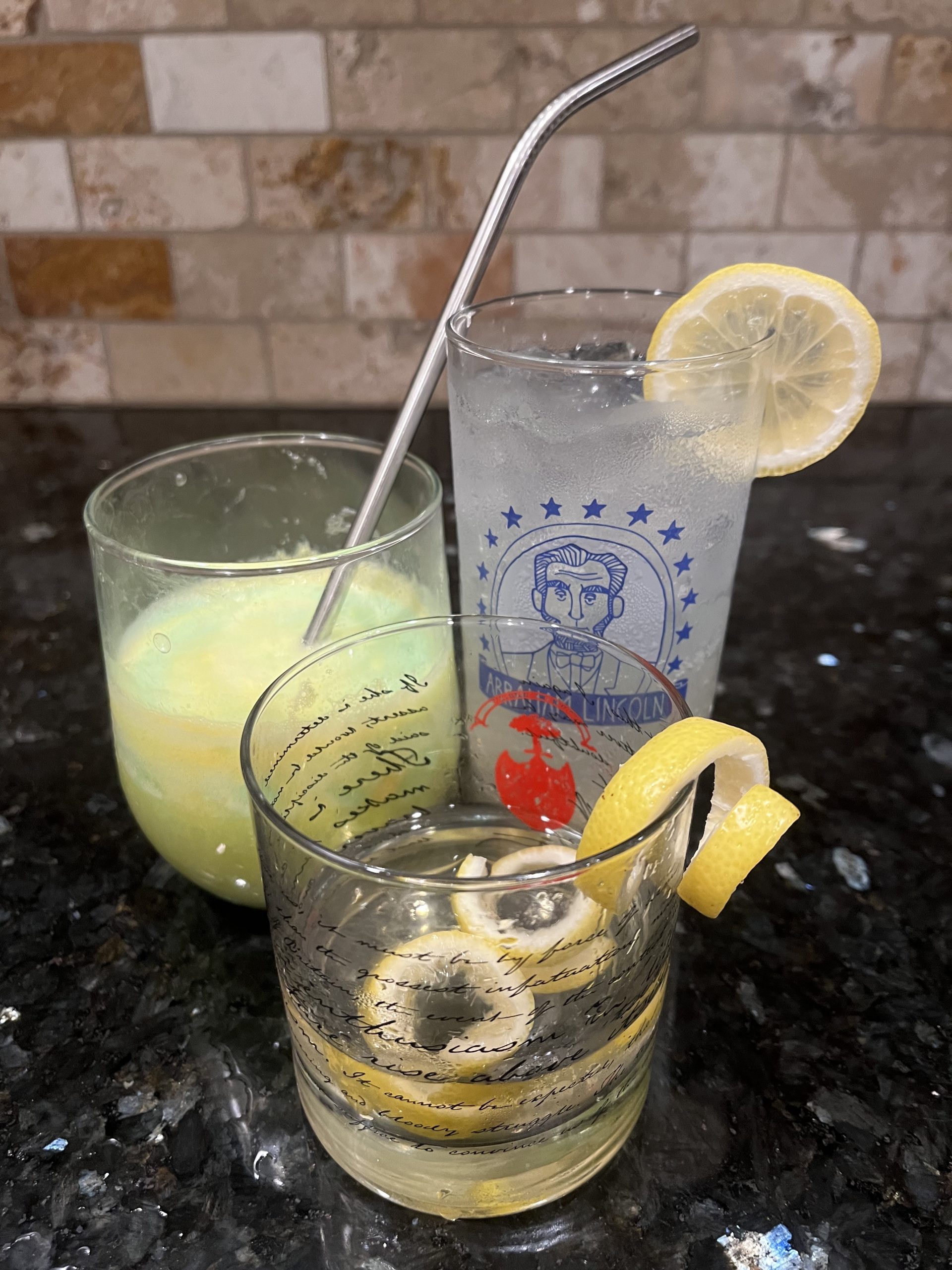History in the Kitchen: Gilded Age Women & Mocktails

Don’t forget to donate to Memorial Sloan Kettering Cancer Center in memory of my mom, Patty Piegaro. Any amount helps find a cure and support patients’ cancer care!
The Gilded Age— Mark Twain’s 1873 novel of the same name described the era from 1870-1900ish as sort of gold-plated. All that glitters isn’t gold, and the Gilded Age was a time not only of massive change, but also of massive inequality. Rail lines were built in cities, there were underground electric and telegraph lines, new parks, new historical monuments (particularly true of NYC), but this was all in contrast to the poverty that the majority of people lived in. Not everyone was a Rockefeller, a Morgan, or a Vanderbilt. Poverty and racism were rampant no matter what part of the country you lived in, and women were not on equal footing with men.
After the civil war life changed drastically for everyone, but tonight’s focus is on women. Depending on a woman’s race and class, she lived differently. Colleges and universities began allowing white women to attend, and those women took employment as teachers, nurses, and secretaries. Married women were not allowed to legally work outside the home, so many women chose to remain single- though this wasn’t accepted by society. However, the women who chose independence felt good about it even thought they were paid less than men. They could lead lives they considered to be glamorous. Further, those who wanted to work for progressive change also remained single. For example, Frances Willard, president of the Women’s Christian Temperance Union, and Susan B. Anthony, suffrage leader, were single. Most married Black women worked outside the hoe out of necessity, like Ida B. Wells. For white women, marriage was their most important decision as they didn’t have access to divorce or to have a career to be economically self-sufficient.
Some Black women who were no longer bound to enslavement had especially difficult lives because of sharecropping, where a landlord (usually a former enslaver) would have her and her family work the land in exchange for a share of the crop, and they’d be tied to the land because of this cycle. Black women were not given the resources they needed during this period nor were they paid enough. Very few went to colleges. However, there was Black joy and certainly were wealthy Black women. For example, Julia C. Collins. She was well-educated and a teacher in Pennsylvania who read classic British literature as well as Greek Mythology and American writing. She contributed essays to The Christian Recorder and a novel, The Curse of Caste, or the Slave Bride. She educated working-class children, both Black and white.
The Gilded Age was also a time where women were leading reform movements, as this was an acceptable way to work outside of the domestic sphere. They worked to limit work hours, to get the vote for women, and for civil rights for Black Americans. Some worked for temperance. Others lived incredibly lavish lives drinking the elaborate mixed drinks that came out of this time period.
Frances Willard, the president of the WCTU, which was a prohibition organization. Many people believed that the nation’s ills- poverty, domestic violence, neglect- came from excessive drinking. According to the temperance movement, alcohol purchases diminished the amount of money spent on the family. No more drinking might make some of these ills better. My personal favorite temperance organization is Carry Nation who would literally chop saloons with an ax. The WTCU worked within the confines of government to solve the problem.
No matter how we study women, no matter what age, it is important to remember that no woman’s experience is the same. As you study women’s history, remember to take into account race, socio-economic status, geography, and other factors that will change the way a woman sees the world and in turn how you should study her history. When we say women’s history it means a broad spectrum!
Mocktail Recipes:
Horse’s Neck Mocktail: 4oz white grapefruit juice, 2oz ginger beer, lemon peel, ice
Dogs’ Days: Fill 1/3 glass with lemon sherbet (I used rainbow!), fill the rest of the glass with club soda, mix.
Daquiri: Fill glass with crushed ice, then add 2oz ginger beer, 3/4oz lime juice, 1 oz simple syrup– stir all together.
